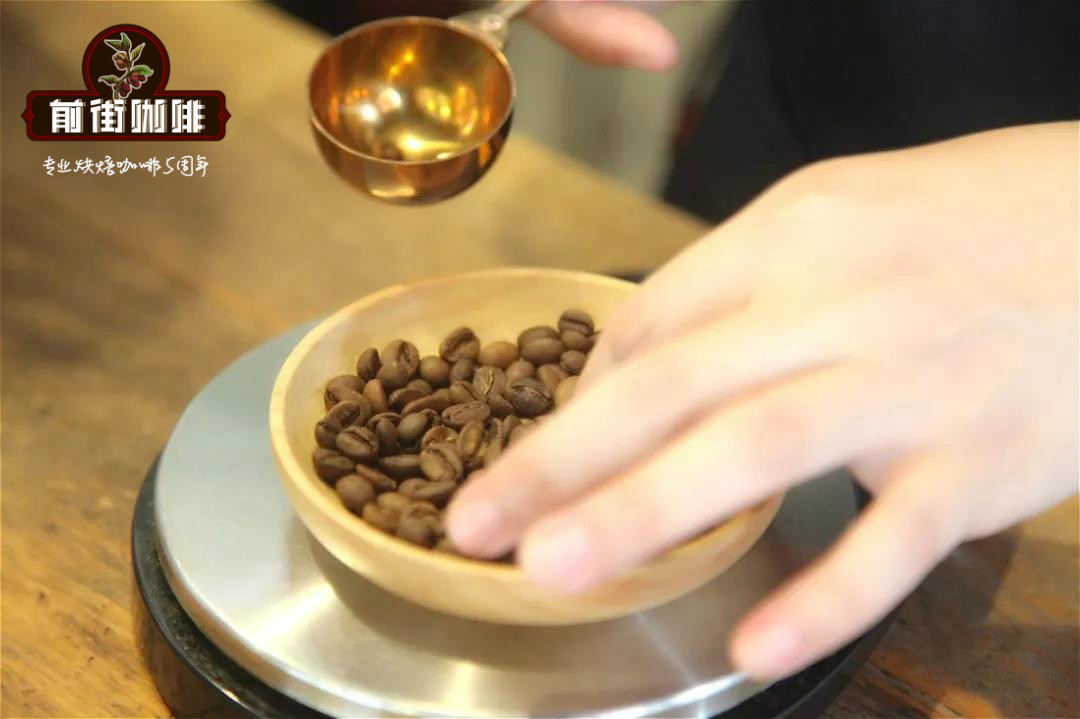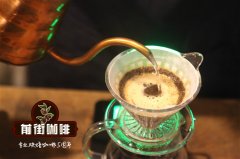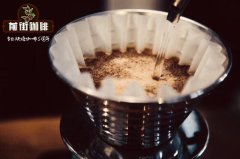Introduction to the story of Yega Chuefei Red Cherry Project the flavor and taste characteristics of Yerjia Coffee beans

The coffee beans of the Red Cherry Project are immediately packed in plastic inner bags (GrainPro bags or vacuum box) immediately after the processing of the origin is completed, then shipped to Djibouti for shipping. Strive for perfect quality through immediate monitoring, safe transportation and timely and appropriate handling. As a result of this red cherry program, roasters can buy high-quality coffee beans, improve the quality of Ethiopian coffee and have better prices. Trabocca can also return profits to farmers, and continue to improve and improve the quality.
Species: Yega Sheffield Red Cherry Project
Dry fragrance: clean and delicate aroma, floral aroma, vanilla, peach, honey, sugar
Wet fragrance: vanilla plants, peaches, peaches, flowers, citrus
Sipping: very clean and delicate, obvious floral aroma, honey, long and smooth touch, vanilla, cherry acid soft, honey, high hazelnut, white pomelo flavor, sweet and delicate, finish honey and cherry acid blend and long-lasting
Yejaschuffe itself is a small town of about 20, 000 people, and the three neighboring producing areas, Wenago, Kochere and Gelena Abaya, are also classified as Yejasuffe because they produce coffee with almost the same flavor as Yejasuffe. Yejacheffe is similar to the neighboring Sidamo in terms of culture and geography, but it seems to be more favored to enjoy the advantageous conditions, top-quality Yega Chefe coffee with floral aromas, bright citrus acidity, lemon flavours and silky taste.
Natural Solar (Natural/Dried-in-the-Fruit): Yega Snow Prunus Cherry
The fruit begins the process of sun drying without treatment after picking. This is the oldest method of treatment in existence. The drying process usually lasts about 4 weeks. The method of handling must be very strict to ensure that the coffee does not lose any flavor. The natural sun method requires the local climate to be extremely dry.
About the Red Cherry Project OPERATION CHERRY RED
Speaking of the "Red Cherry Project", many friends are no stranger to this name. So what kind of project is the Red Cherry Project? Maybe only a few people can tell.
Ethiopia, known as the birthplace of coffee, has a large area of fine traditional coffee tree species. We know that Ethiopia is not a developed country with rich people's income. Agriculture and animal husbandry accounts for 80% of Ethiopia's population. In addition to growing coffee, there are rapeseed, beans, wheat and so on. An average of 200000 tons of coffee per year accounts for the main agricultural force in Ethiopia.
In order to improve the income of Ethiopian coffee farmers and improve the living standards of the local people, in 2007, Trabocca, a Dutch trader, launched the "OPERATION CHERRY RED PROJECT" Red Cherry Project with farmers from the producing areas. It is purely to encourage farmers to improve the quality of coffee beans. At the beginning of the harvest season in the producing area, Trabocca will specify a harvest plan for the microclimate area to harvest 100% ripe red coffee cherries by hand, with a yield of about 1500 kg-3000 kg.
The Red Cherry Project invested $5000 in 2008 to purchase new sun drying racks. In 2009, another $8000 was invested in the procurement of new sun drying racks and sunshade nets. A $9000 generator was invested in 2010 and a further $10000 was invested in 2011 to improve some local coffee transport roads to make transporting coffee more convenient and efficient. Trabocca offers interest-free loans to buy new coffee cherry meat removers and coffee bean sorters. In order to facilitate suppliers' procurement, a high-quality Addis Ababa coffee cup testing laboratory was built with an investment of US $14000 in 2012.
Trabocca provides financial loan support, new hardware equipment and production processing knowledge and technology to help farmers improve their production, promising to pay generous prices as long as the quality of actual output meets the cup test standards in Ethiopia's Addis Ababa and Amsterdama Cup in the Netherlands. The passing standard set by Trabocca is 88 points.
Important Notice :
前街咖啡 FrontStreet Coffee has moved to new addredd:
FrontStreet Coffee Address: 315,Donghua East Road,GuangZhou
Tel:020 38364473
- Prev

What are the characteristics of Guatemalan coffee? what are the COE winning beans in Guatemala?
For more information on coffee beans, please follow the coffee workshop (Wechat official account cafe_style) since Guatemala became independent in 1838, the Spaniards introduced coffee to Guatemala for cultivation. They took advantage of the industrious nature of the local Mayans and cheap labor to produce cheap coffee and supply the whole of Latin America until 1970.
- Next

What is wet planing? What's so special about the regional flavor of Mantenin coffee?
Manning Coffee: Manning Coffee is produced in Sumatra, Indonesia, Asia, also known as Sumatran Coffee. Her flavor is very rich, fragrant, bitter, mellow, with a little sour taste. Most coffee lovers drink on their own, but it is also an indispensable variety for blending coffee. Her flavor is very rich, fragrant, bitter, mellow, with a little sweetness. Because of the Manning coffee
Related
- Detailed explanation of Jadeite planting Land in Panamanian Jadeite Manor introduction to the grading system of Jadeite competitive bidding, Red bid, Green bid and Rose Summer
- Story of Coffee planting in Brenka region of Costa Rica Stonehenge Manor anaerobic heavy honey treatment of flavor mouth
- What's on the barrel of Blue Mountain Coffee beans?
- Can American coffee also pull flowers? How to use hot American style to pull out a good-looking pattern?
- Can you make a cold extract with coffee beans? What is the right proportion for cold-extracted coffee formula?
- Indonesian PWN Gold Mandrine Coffee Origin Features Flavor How to Chong? Mandolin coffee is American.
- A brief introduction to the flavor characteristics of Brazilian yellow bourbon coffee beans
- What is the effect of different water quality on the flavor of cold-extracted coffee? What kind of water is best for brewing coffee?
- Why do you think of Rose Summer whenever you mention Panamanian coffee?
- Introduction to the characteristics of authentic blue mountain coffee bean producing areas? What is the CIB Coffee Authority in Jamaica?

